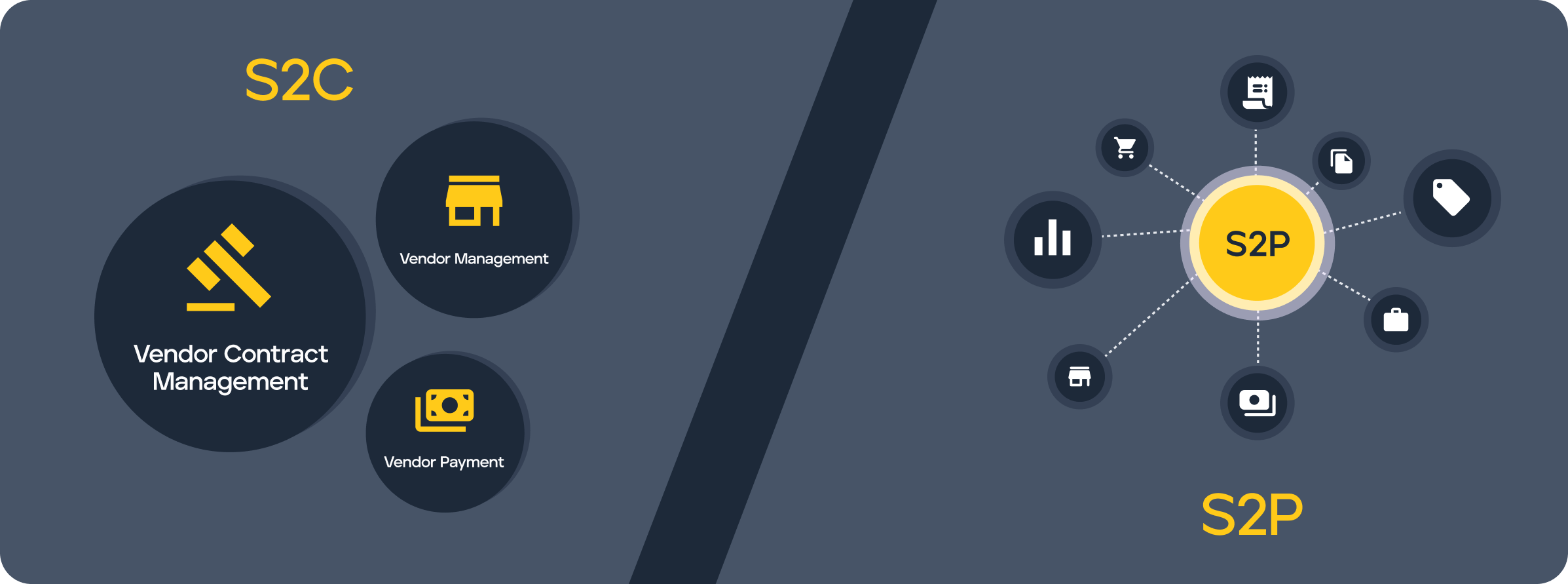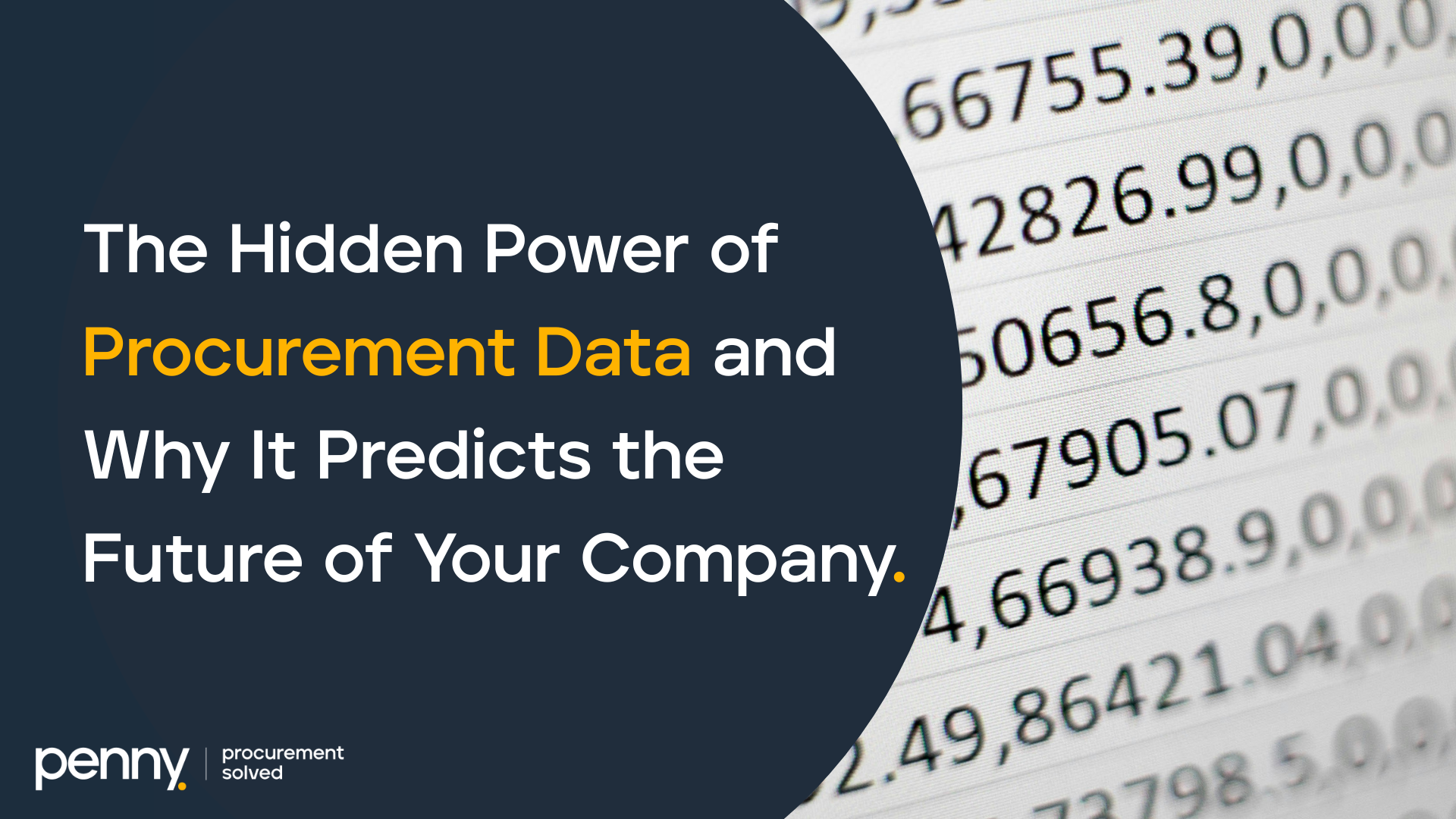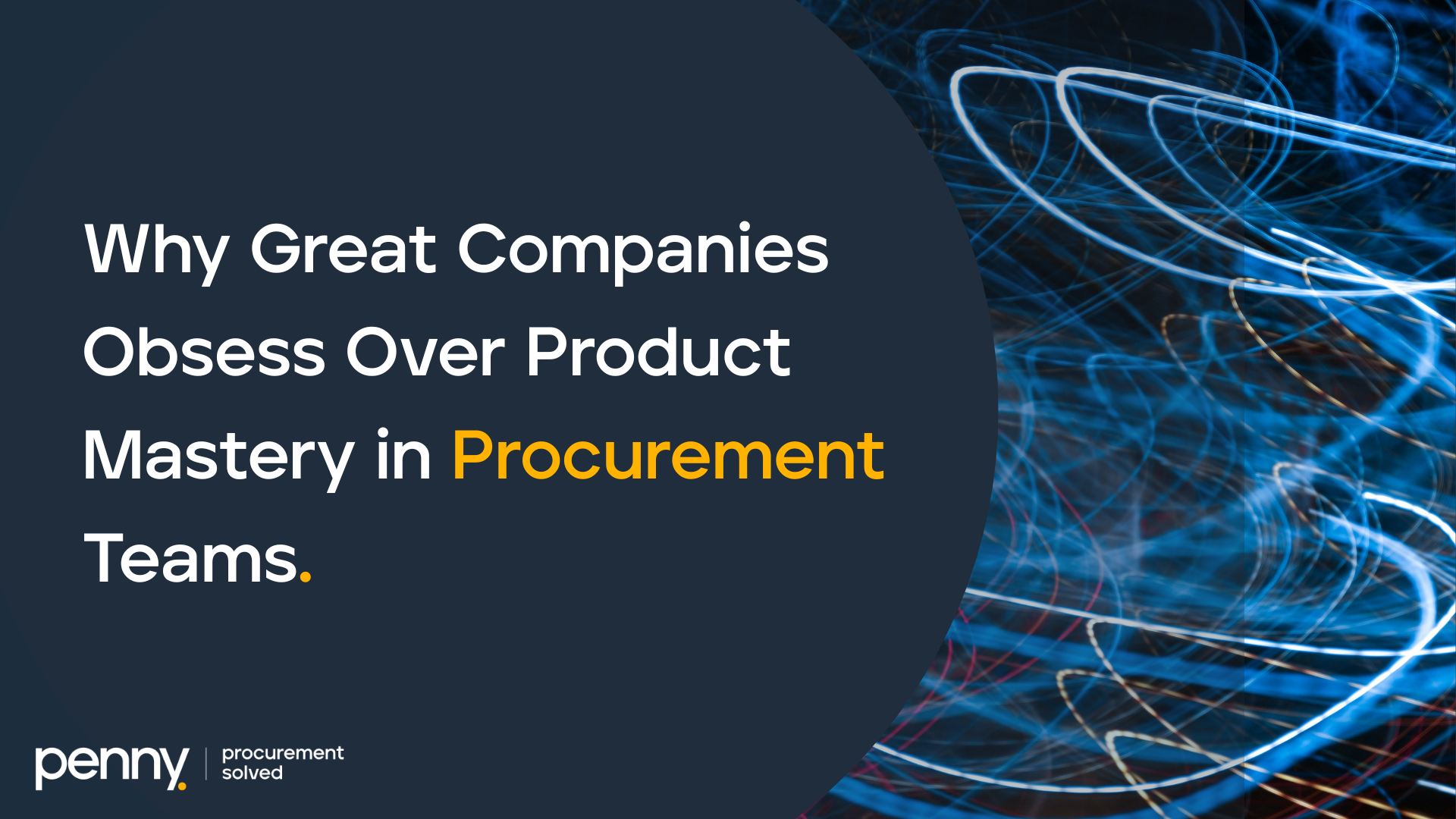Procurement, the cornerstone of modern business operations, orchestrates the sourcing, acquiring, and managing of goods and services vital for organizational success. This domain, categorized into Upstream (Source to Contract) and Downstream (Procure to Pay) processes, has evolved significantly from its origins. The journey from transactional to strategic procurement is marked by pivotal moments in history, such as the establishment of procurement principles in ancient civilizations like the Greeks and Romans, and the transformation during the Industrial Revolution.
Historical traces of procurement date back to 3000 BC, with the Egyptians utilizing scribes for the efficient management of pyramid construction supplies. The role of procurement gained formal recognition in the 1800s, as Charles Babbage highlighted the need for a “materials man” in his 1832 publication. The function further solidified its importance during the Industrial Revolution and underwent a significant evolution during and post the World Wars, shifting focus from mere survival to strategic sourcing and supplier management.
Today’s procurement, shaped by centuries of innovation and adaptation, integrates upstream and downstream processes in a Full Suite (Source to Pay) approach. This evolution from focusing solely on short-term cost savings to enhancing long-term value and aligning with broader business goals underlines procurement’s strategic significance in navigating the complexities of the global market.
Upstream Procurement: Source to Contract (S2C)
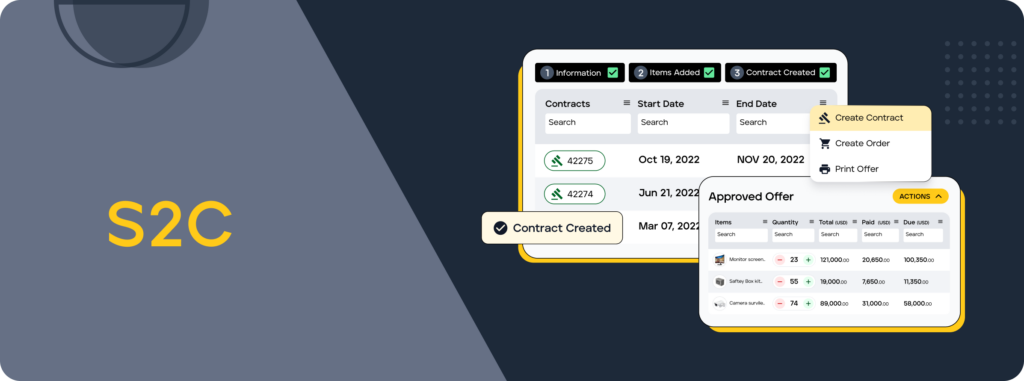
The S2C process begins with a thorough analysis of the business’s needs, identifying what goods or services are required. This step is critical for understanding the specifications and standards expected from potential suppliers. Following this, procurement teams develop a sourcing strategy that outlines how to find and engage with suppliers who can meet these requirements. This strategy might include criteria for evaluating suppliers not just on cost but also on quality, delivery times, and the ability to innovate.
Technological tools play a significant role in the S2C process. eSourcing platforms, for example, allow businesses to automate the supplier shortlisting process, providing a more efficient and transparent method for evaluating potential partners. These platforms can host reverse auctions, where suppliers compete by lowering their prices within a controlled environment, ensuring that businesses can achieve the best market rate for the goods or services they need.
Once potential suppliers are identified and evaluated, the S2C process moves into the negotiation and contracting phase. Here, procurement teams work closely with selected suppliers to negotiate the terms of the contract, including prices, delivery schedules, and after-sales service agreements. Contract management systems are then used to formalize these agreements, providing a legal framework that governs the relationship between the business and the supplier.
Effective S2C processes contribute significantly to a business’s strategic objectives by ensuring that all procurement activities are aligned with broader goals. It’s not just about cost savings; S2C aims to optimize the total value received from suppliers, considering factors like innovation, flexibility, and risk management. By carefully selecting suppliers who can offer the best overall value and establishing clear, mutually beneficial contracts, businesses can build a competitive advantage in their supply chain.
In summary, the Upstream process is an essential component of strategic procurement, enabling businesses to manage their supplier relationships proactively. Through careful planning, analysis, and the use of technology, S2C helps businesses achieve not only immediate cost efficiencies but also long-term value and stability in their supply chain.
Downstream Procurement: Procure to Pay (P2P)
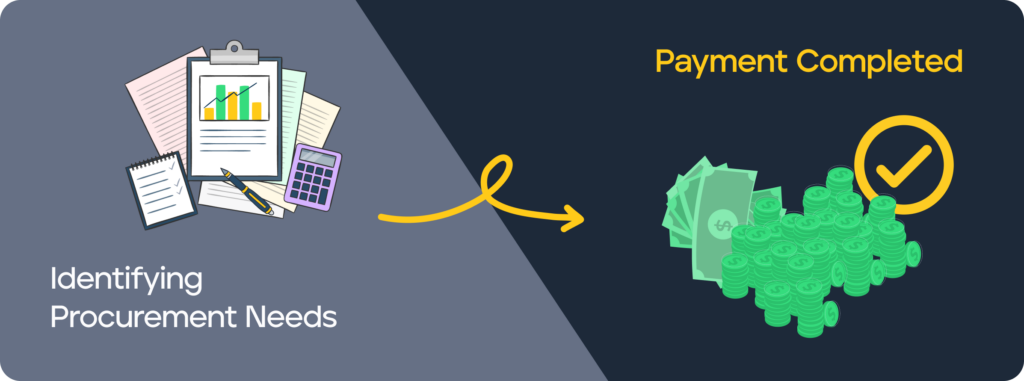
The Procure-to-Pay (P2P) process is an integral business operation that spans the journey from identifying procurement needs to completing payment for goods and services. This comprehensive cycle starts with the meticulous selection of goods and services required by the organization, emphasizing the importance of choosing suppliers that meet both quality and budgetary criteria. It then progresses to enforcing compliance with procurement policies and order accuracy, ensuring that purchases align with organizational standards and negotiated terms.
Following selection and compliance, the P2P process addresses receiving and reconciliation, verifying that delivered goods or services match order specifications and addressing any discrepancies. This stage is crucial for maintaining quality control and supplier accountability. The final phase, invoicing and payment, completes the cycle, with organizations processing payments in alignment with contract terms, fostering positive supplier relationships, and ensuring financial integrity.
By effectively managing each stage of the Downstream process, businesses can streamline operations, enhance efficiency, and achieve cost savings. This process not only supports operational fluency but also underpins strategic financial management, playing a pivotal role in optimizing organizational expenditure and contributing to overall financial health.
Source To Pay (S2P) Suites
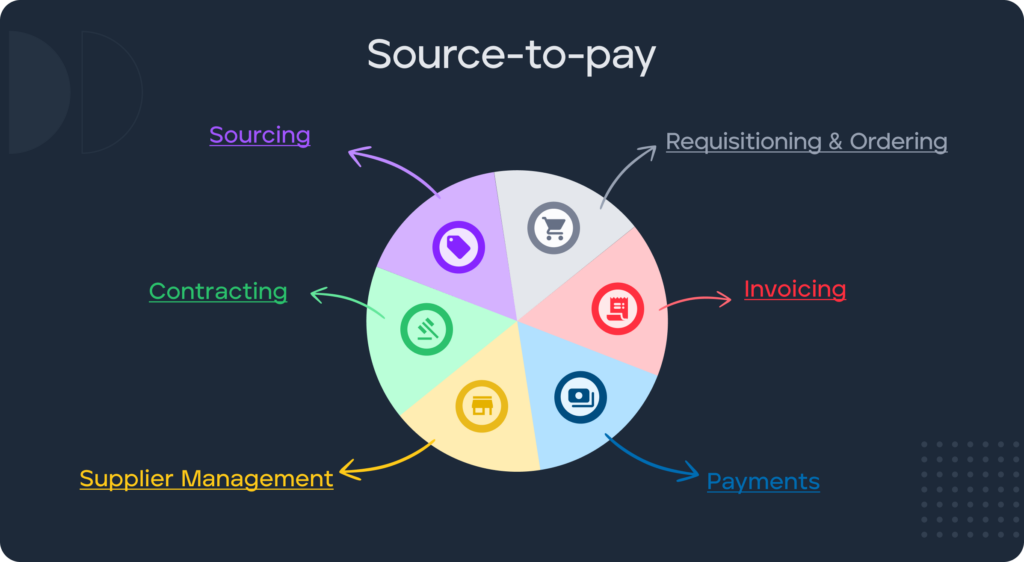
“Gartner defines the source-to-pay (S2P) suite market as an integrated set of solutions to source, contract, request, procure, receive and pay for goods and services across an enterprise.”
While S2C is strategic, S2P as a comprehensive suite that streamlines procurement by integrating processes from sourcing to payment, typically offered as cloud-based services. S2P suites centralize sourcing, contracting, and procurement activities, enhancing efficiency and visibility across enterprises. They feature modular designs, enabling tailored functionality for specific organizational needs. This integration facilitates seamless data flow, allowing visibility into the procurement cycle, from purchase orders to payments, and includes essential capabilities like e-sourcing, category management, spend analysis, contract management, and procure-to-pay automation. Additionally, S2P suites offer robust analytics, supplier management, and integration capabilities, supporting comprehensive procurement strategies.
Conclusion
In conclusion, organizations seeking to optimize their procurement processes should carefully evaluate their specific needs and the strategic importance of procurement to their operations. S2P solutions, such as Penny Software, offer a cloud-based, user-friendly platform that digitizes the entire procurement cycle, from request to payment. With features like real-time visibility, easy implementation, and dedicated support, Penny Software stands out as a practical choice for businesses aiming to streamline operations, ensure compliance, and achieve savings, making it an intelligent system for consolidating procurement activities.
